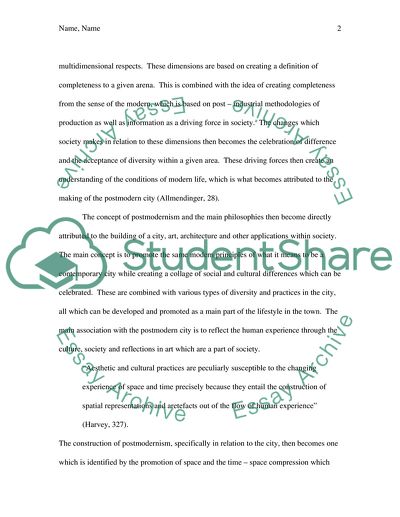Cite this document
(Defining Postmodernism in Town Planning Essay Example | Topics and Well Written Essays - 1750 words, n.d.)
Defining Postmodernism in Town Planning Essay Example | Topics and Well Written Essays - 1750 words. https://studentshare.org/engineering-and-construction/1572974-postmodern-in-planning-theory
Defining Postmodernism in Town Planning Essay Example | Topics and Well Written Essays - 1750 words. https://studentshare.org/engineering-and-construction/1572974-postmodern-in-planning-theory
(Defining Postmodernism in Town Planning Essay Example | Topics and Well Written Essays - 1750 Words)
Defining Postmodernism in Town Planning Essay Example | Topics and Well Written Essays - 1750 Words. https://studentshare.org/engineering-and-construction/1572974-postmodern-in-planning-theory.
Defining Postmodernism in Town Planning Essay Example | Topics and Well Written Essays - 1750 Words. https://studentshare.org/engineering-and-construction/1572974-postmodern-in-planning-theory.
“Defining Postmodernism in Town Planning Essay Example | Topics and Well Written Essays - 1750 Words”. https://studentshare.org/engineering-and-construction/1572974-postmodern-in-planning-theory.


